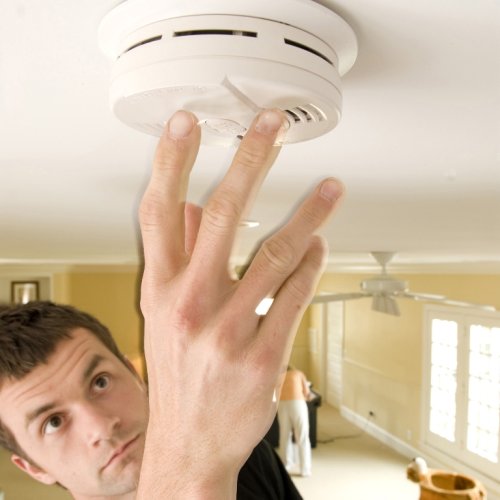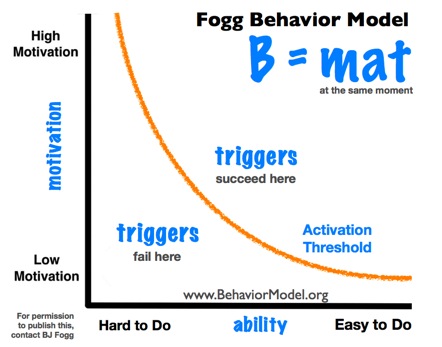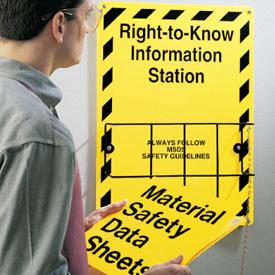 Definition of Lean:
Definition of Lean:
Doing more with less by employing “lean thinking.” Lean manufacturing involves never ending efforts to eliminate or reduce ‘muda” (Japanese for waste or any activity that consumes resources without adding value) in design, manufacturing, distribution, and customer service processes.
So what’s “beyond lean” or the “next lean”. I have found that applying “lean” thinking to employee health and productivity eliminates waste in the cost of health care, work comp, absenteeism and presenteeism (at work but not productive). To be successful you need a process or road map. The process is the five steps of risk management. They are:
- Identify Risk
- Analyze Data
- Control Risk
- Finance Risk
- Measure Results
Don’t make the mistake of thinking insurance is risk management. Insurance is not risk management; in fact it is the 4th step of the process. Skipping (or poor execution of) the first 3 steps leads the waste (higher cost) and poor results in step 5.
Payroll, Benefits and Work Comp are typically the highest cost a business has yet in many cases this area is often overlooked for waste.
 Install smoke alarms on every floor of your home, including the basement. Be sure to place smoke alarms near rooms where people sleep. Test all of your smoke alarms every month to ensure they work properly.
Install smoke alarms on every floor of your home, including the basement. Be sure to place smoke alarms near rooms where people sleep. Test all of your smoke alarms every month to ensure they work properly.







